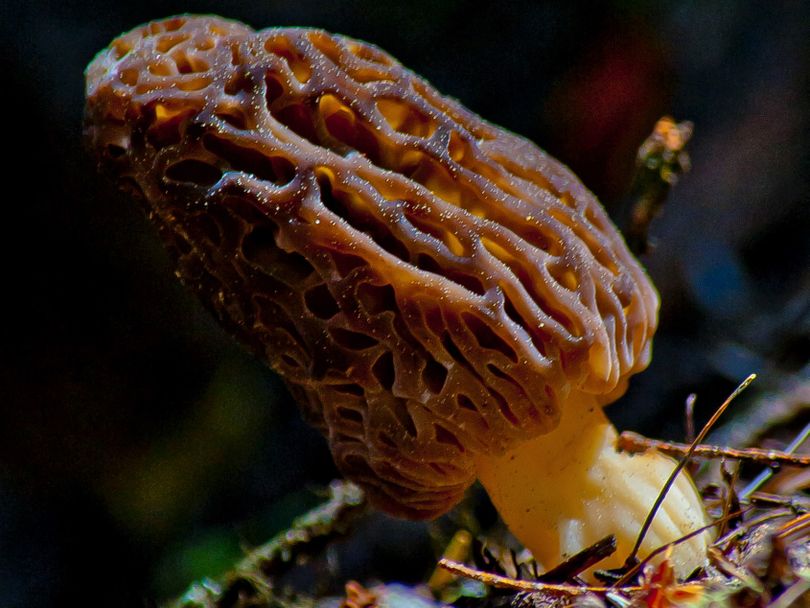Mushroom picking rules set by Forest Service

PUBLIC LANDS -- Morel mushrooms are beginning to show in the region's national forests. They're free to harvest, but commercial gathering is prohibited on national forests in this region, and anyone harvesting large amounts of mushrooms must obtain a permit.
Here are details posted this week by the Idaho Panhandle National Forests.
Mushroom harvesting on the Idaho Panhandle National Forests requires a permit if you are harvesting more than one gallon of mushrooms a day, or more than five gallons a season. This free personal-use permit allows harvesting up to 20 gallons, or 50 pounds, of mushrooms per season. In an effort to provide opportunities for recreational pickers, commercial harvesting is not authorized on the Idaho Panhandle National Forests. Picking mushrooms with the intent to sell them is considered commercial harvesting. Slicing mushrooms in half, length-wise from stem to cap, before leaving the harvest area distinguishes personal use from unauthorized commercial collecting.Mushroom permits are available weekday from 8:00 a.m. to 4:30 p.m. at any Idaho Panhandle National Forests’ offices, except for at the Coeur d’Alene Forest Nursery. Issuing permits ensures the sustainability of mushroom harvests and helps the Forest protect resources. It is important to understand the permit conditions and mushroom harvest limits. Mushroom permit requirements may vary between national forests. More information about mushroom harvesting is available at http://www.fs.usda.gov/main/ipnf/home or at your local Forest Service office.Forest Supervisor Mary Farnsworth stresses the importance of correctly identifying mushrooms. “Poisonous mushrooms can be difficult to distinguish from edible varieties." she said. "Please learn what is safe and what is not before consuming any wild mushrooms.”Mushrooms may be harvested anywhere on the Idaho Panhandle National Forests unless otherwise restricted. It is always recommended to check with local ranger stations for any road or area closures. In burned areas, visitors should be aware of falling snags and burned stump holes.
